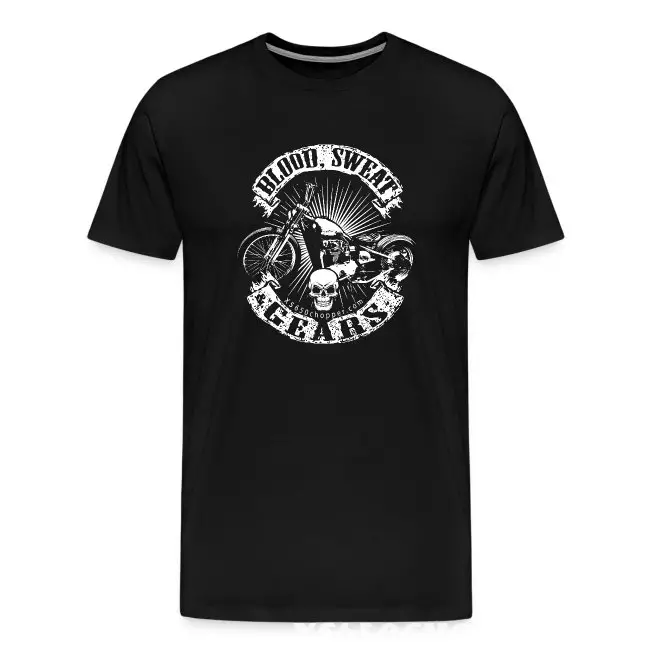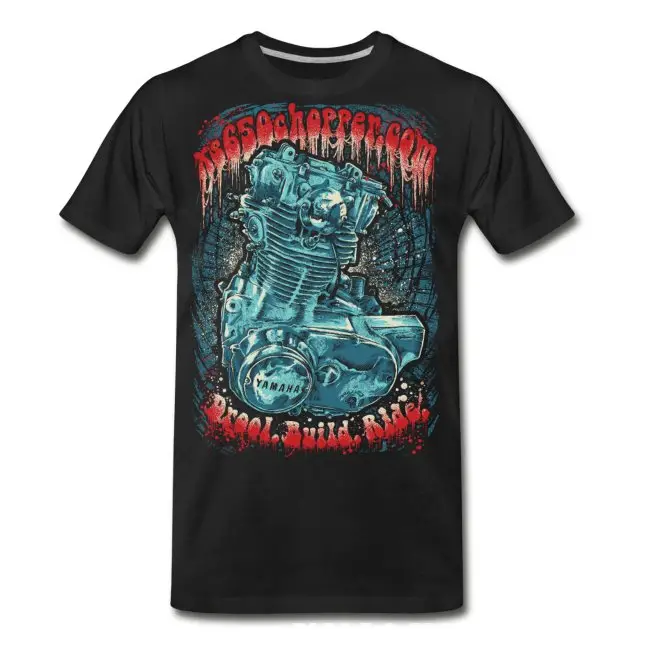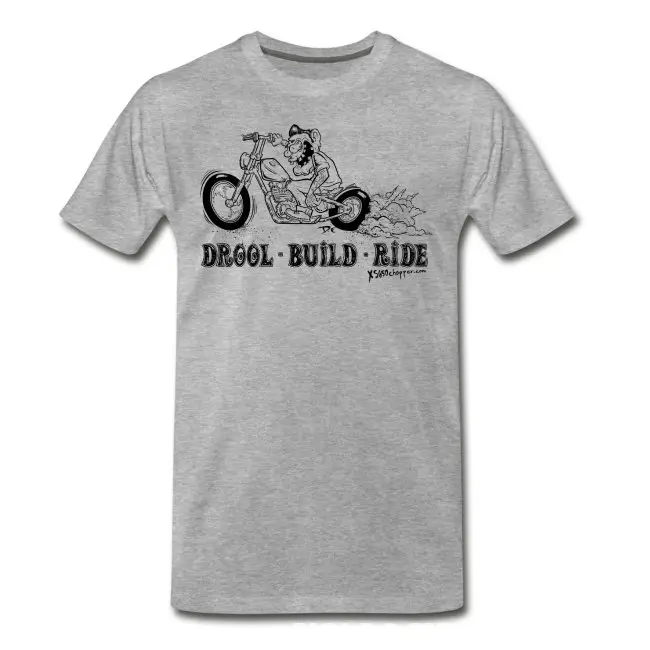Ducati motorcycles are often synonymous with beauty, performance, and Italian craftsmanship. There’s a certain allure to the brand that seems unmatched in the motorcycle world. This article takes a closer look at Ducati’s journey to becoming an icon of design and performance, particularly through the lens of the iconic 916 model.
The insights and historical context provided here are inspired by the vide below, which credits Ian Falloon’s authoritative works on Ducati, including his book on the 916. Below the video, are some highlights:
1. The Rise of Ducati’s Prestige
By the mid-1980s, Ducati was struggling to establish real-world prestige as a sport bike manufacturer. Despite some success in racing, the company was not selling enough bikes to sustain its racing program. This all began to change with the introduction of the Ducati 916, a motorcycle that many enthusiasts consider the most beautiful ever created.
The game-changing moment for Ducati came when the Cagiva Group, led by the Castiglioni brothers, took over and started pursuing a more modern power plant for their motorcycles. The development of the four-valve Desmoquattro engine in 1986 marked a significant departure from previous models. This new engine was liquid-cooled, fuel-injected, and provided a solid foundation for future Ducati motorcycles.
2. The Iconic Ducati 916
Fast forward a few years, and Ducati’s evolution of the Desmoquattro engine, combined with an all-new chassis, resulted in the most iconic and arguably the most beautiful production sport bike of all time: the Ducati 916. While the engine was largely similar to its predecessor, the 888, Ducati implemented several enhancements to increase power, including a revolutionary airbox design that allowed for greater air and fuel intake.
The 916’s beauty wasn’t just skin deep; it was also more aerodynamic, better balanced, and lighter than previous models. The design, led by Italian designer Massimo Tamburini, was focused on creating a compact and powerful motorcycle that would excel on the race track and captivate onlookers with its aesthetics.
3. The Design Philosophy Behind Ducati’s Success
Tamburini wasn’t just a stylist; he was a comprehensive designer who understood the entirety of a motorcycle. His expertise allowed him to create not only beautiful bikes but also geometrically sound packages capable of winning races. The 916 took Tamburini approximately six years to design, with the goal of achieving a 50/50 weight distribution and a smaller wheelbase, despite the larger engine.
The result was a motorcycle that stood out for its coherence and slim, curvaceous package. From the small fairing with its unique headlights to the three-spoke wheels and the underswept exhaust, the 916 set a new standard for motorcycle design. Its single-sided swingarm, while not the first of its kind, became almost synonymous with Ducati and was as functional as it was aesthetically pleasing.
4. The Cultural Impact of the Ducati 916
The unveiling of the Ducati 916 at the 1993 Milan show was a defining moment for the brand. The motorcycle’s design and performance signaled a new era for Ducati, one that focused on creating bikes that were not only technologically advanced but also visually stunning and desirable.
Despite some functional drawbacks, such as its aggressive riding stance and heat management issues, the 916 sold well and became an international icon. It propelled Ducati onto the world stage like no other model before it. The 916’s design philosophy of “less is more” influenced sport bike design for years to come, setting a benchmark for beauty and simplicity in a market that was becoming increasingly complex.
5. The Legacy of the Ducati 916
Is the Ducati 916 the most beautiful motorcycle ever made? This question can spark endless debate among motorcycle enthusiasts. While some may point to earlier sport bike designs as contenders for the title, the 916 stands out for its simplicity and the way its parts come together to form a cohesive whole.
Tamburini’s vision for the 916 was to create a motorcycle that embodied the greatest automotive designs: simple, elegant, and impactful. Whether or not you believe the Ducati 916 deserves the title of the most beautiful motorcycle, its influence on the design and perception of sport bikes is undeniable.
So does the Ducati truly deserve to be called the most beautiful motorcycle of all time, or does another model capture that honor for you? we recommend watching the video for a comprehensive understanding of this iconic motorcycle’s impact on the industry.








